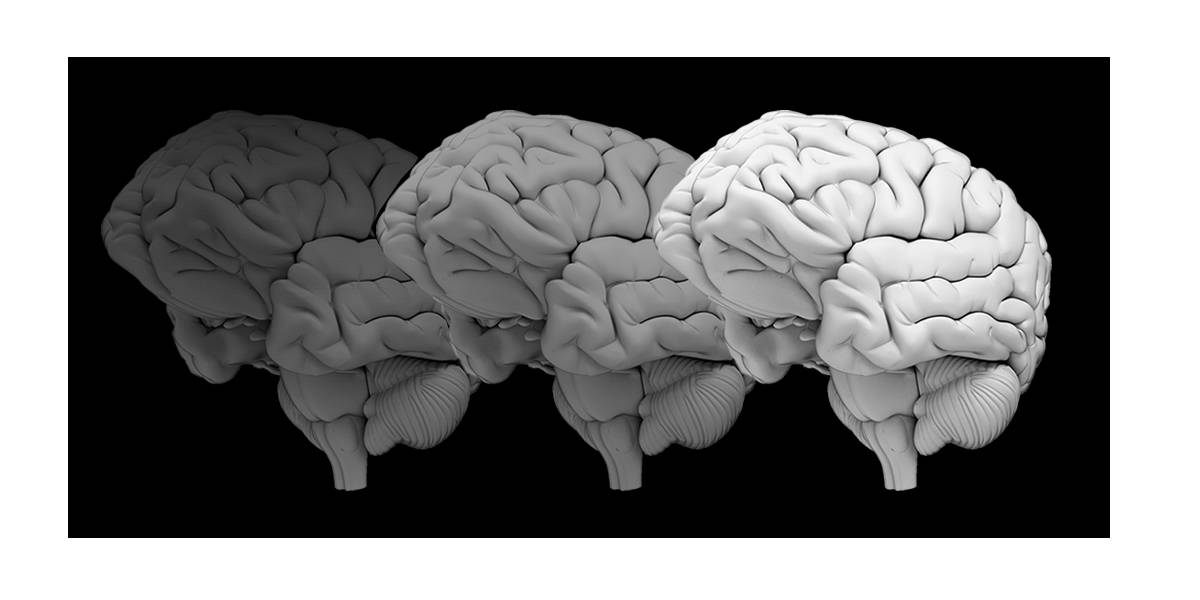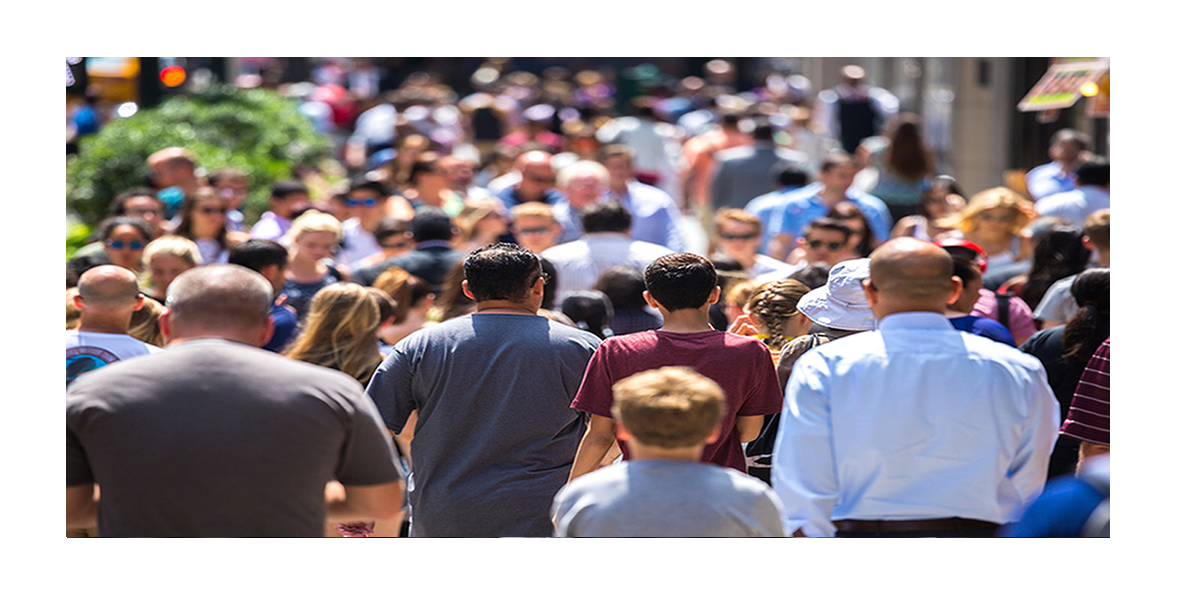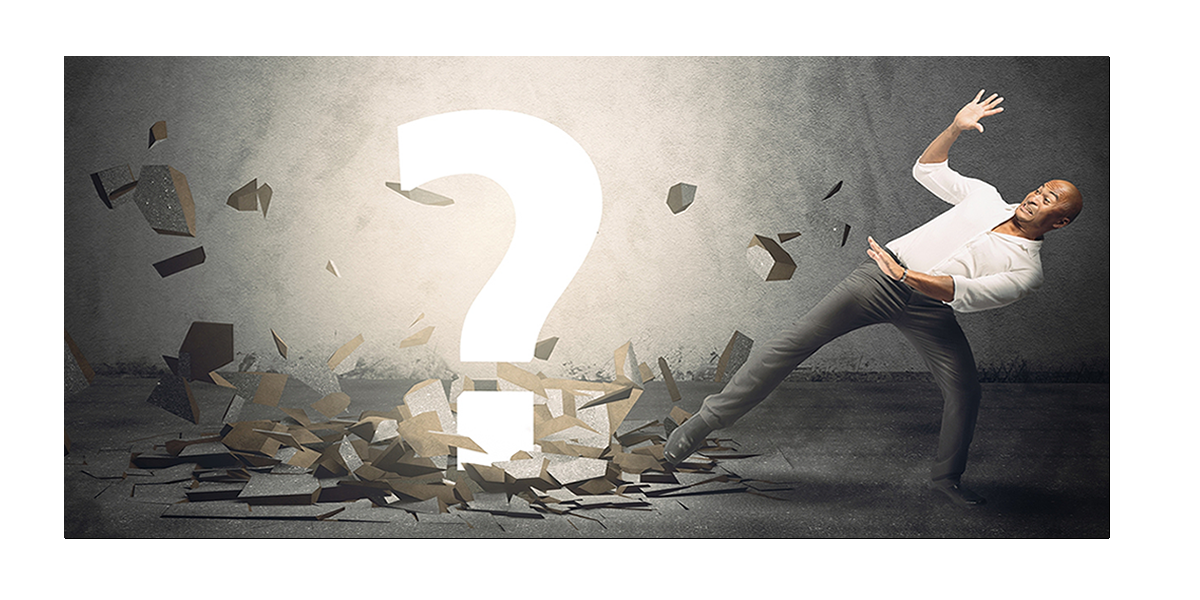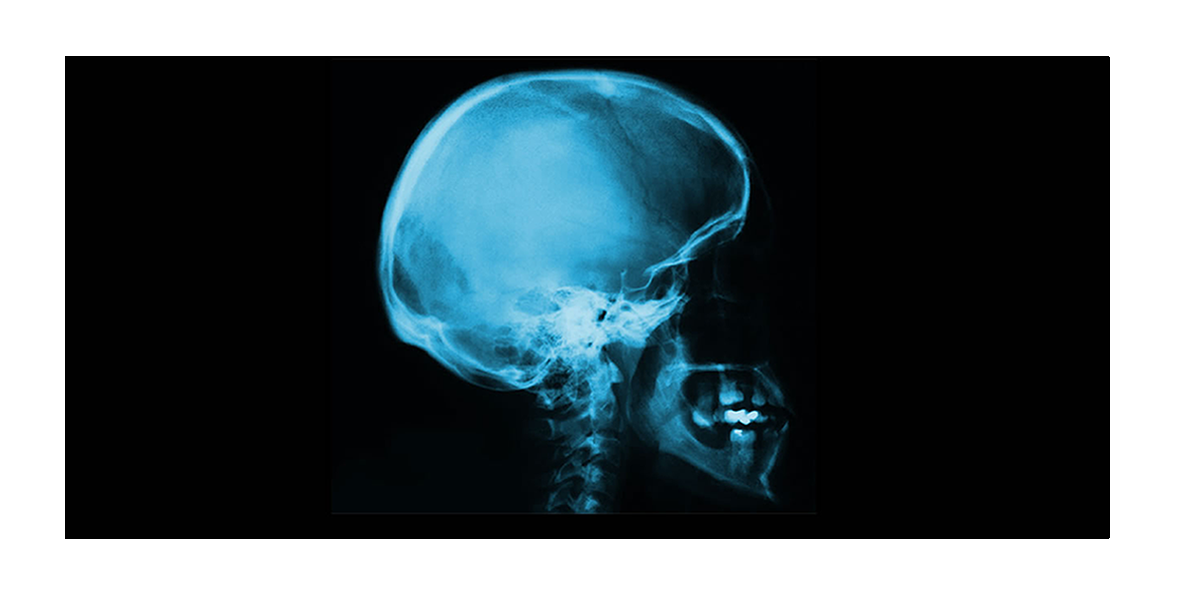|
Causes of Brain Injury Traumatic Brain Injury: Causes and Prevention Though it’s not possible to eliminate the risk of traumatic brain injury (TBI) altogether, taking simple precautions at home and on the road can drastically reduce the odds of one occurring. Although no risk can ever be completely eliminated, the chances of such an injury can be reduced with sensible precautions. In the past decades the building and construction industry has perhaps demonstrated this best of all, with the introduction of stringent safety codes that include safety harnesses and protective headgear. Of course you can’t prepare for everything, and motor vehicle accidents (MVAs) still cause roughly two thirds of all ABI-related disability, despite widespread public education about safe driving and vast improvements in automotive safety.
Unfortunately motor vehicle accidents remain depressingly common despite advances in active and passive safety features like anti-lock such as ABS brakes, airbags, and crumple zones, and despite rigorous public education and awareness campaigns. In the United States, the primary causes of TBI (disability may or may not result) are:
- Falls 28%
- Motor vehicle collisions 20%
- Blunt trauma 19 %
- Assault 11%
While there’s little you can do to prevent Motor Vehicle Accidents (MVAs ) besides driving safely, there are many simple things you can do to protect yourself from other causes of TBI.
Pay particular heed to these tips if you’ve already suffered a brain injury that affects your balance, strength, or sensory perception, as this can increase the likelihood of a fall. When you familiarise yourself with the leading causes of brain injuries, you realise that a few simple tips can drastically reduce your chances of becoming a statistic and help you prevent your loved ones from becoming statistics. This is particularly true if you or someone you love has recently acquired a brain injury that has resulted in impaired physical or sensory abilities, and is at risk of a second repeat injury as a result. Examining hospital admissions data, where inpatients to emergency wards are categorised based upon their injury, the leading causes of Traumatic Brain Injury are seen to be:
- Falls (28%); - Motor vehicle-traffic crashes (20%);
- Struck by/against events (19%); and
- Assaults (11%).
Although these figures are from the USA, older Australian data agrees with the conclusions.
Falls
- Children aged 0 to 4 and adults aged 75 and older are the most likely to fall.
- Fall rates are highest for children 0 to 4 years and adults age 75 and older.
- Among older people, the risk of falling increases with age and is greater for women than for men.
- Roughly 66% of falling victims will suffer a second fall.
- Two-thirds of those who experience a fall will fall again within six months.
- At least 33% of one-third of all falling accidents is among the elderly resulting from environmental hazards in the home.
Though many more TBIs are caused by falling than by MVAs, falling victims typically recover better because their head trauma is less severe. Therefore, significantly fewer falling victims suffer long-term TBI-related disability than do MVA victims.The range of physical and sensory effects that a brain injury can have means that someone who has recently acquired a brain injury may be a greater risk of acquiring a second, simply by falling in a familiar environment. The high rate of falls may be surprising. Survey data linking brain injury to disability indicates that two thirds of all traumatic brain injuries is due to motor vehicle accidents. The chief reason for this is that people are more likely to recover well from falls, where the impact upon the head is usually lower.
What can you do?
Several factors can contribute to falling in the home. Previous ABI-related disability or simple aging can lead to diminished balance, coordination, strength, and eyesight. So can illness or other injuries.
Ageing or poor physical conditioning can lead to a reduction in flexibility, strength, and bone mass, which can cause more frequent and injurious falls. Some medications have side effects that can make you dizzy, weak, or lightheaded, which also increases the likelihood of falling. If you’re taking more than three medications or your dose or prescription has recently changed, be especially cautious. Poor lighting or throw rugs in your home can make you more liable to trip or slip. The ordinary changes that come with aging such as diminished eyesight or balance, may also occur from a brain injury, and can also make you more likely to fall. As people age a decrease in bone density also contributes to falls and the injuries that result. Illnesses and physical conditions can affect your strength and balance and contribute to a fall. Failure to exercise regularly can be a factor, too, because it results in poor muscle tone, decreased strength, and loss of bone mass and flexibility.
The side effects of some medicines can also cause falls. Medications for depression, sleep problems, and high blood pressure often make a person more likely to fall. Some medicines for diabetes and heart conditions can also make you unsteady on your feet. You may be more likely to fall if you are taking four or more medicines or have changed your prescription or dosage in the past two weeks.
Four Tips for to help prevent Preventing Falls
1. Make Your Home Safer. Reduce the hazards in your home. Roughly 50% of all falls occur in the home. You can reduce your odds by taking the following steps to make your living space more fall-proof: - Eliminating tripping hazards like clothes, toys, and shoes from the stairs and floor. Remove things you can trip over (such as papers, books, clothes, and shoes) from stairs and places where you walk. - Install handrails and banisters and light fixtures in your staircases.
- Discarding area rugs, or tacking down the edges to prevent curling or sliding. Get rid of small throw rugs, or use double-sided tape to keep the rugs in place.
- Storing items you use often in easy-to-reach places that don’t require a step stool. Keep frequently used items in cabinets or storage areas that you can reach easily (without using a step stool).
- Installing handrails beside grab bars next to your toilet and in the bath or shower, along with non-slip shower mats.
- Improve the lighting in your home. As you get older, you need brighter lights to see well. Turn on the lights when entering your house at night.
2. Begin a Regular Exercise Program. Exercise regularly.
Exercise is one of the most important ways to reduce falls because it increases strength and agility, lessening the likelihood of a fall. Ask your doctor or health care worker about the best type of exercise program to meet your specific needs.
3. Review Your Medicines. Do a medication audit.
The older you get, the more medications you’re likely to take. Side effects can accumulate and medications can interact with one another, leading to increased drowsiness, dizziness, or light-headedness. Talk to your doctor about all the medications you take—including over-the-counter medicines and nutritional supplements—to see what can be changed to help reduce your risk of falling. As you get older or as you recover from an injury, the physical effects of some medicines–or combination of medicines–can change. Some can lead to falls by making you drowsy or light-headed. Ask your doctor to review all the medications you take, including over the- counter medicines, and see if adjustments can be made to minimize your risk of falls.
4. Check Your Vision. Get regular eye exams
If you cannot see well, then you’re more likely to trip and fall. If you wear glasses, be sure your prescription is up to date. If you don’t, get regular exams to see if you should. Your eye doctor will also check for issues such as glaucoma and cataracts. Poor vision can increase your chances of falling. You may be wearing the wrong glasses or have an undiagnosed eye condition that limits your vision. Have your vision checked by an eye doctor.
Motor Vehicle Accidents
Observation surveys show that around 4 per cent of people in NSW fail to wear a seat belt whilst travelling by car. At least 13 per cent of car occupants killed in NSW were not wearing a seat belt at the time. The reason for the higher rate of non-use among those killed is because you are much more likely to be killed if you do not wear a seat belt.
Airbags are an excellent secondary protection, though they do not take the place of seatbelts, which are significantly more effective. While seatbelts are the primary restraint, airbags offer supplemental protection and reduce the risk of serious head injury. Seatbelts are 57% effective in preventing traumatic and fatal brain injuries and are more effective in preventing brain injury than are air bags.
If you have a child, be sure that the safety or booster seat and all restraints are designed for your child’s age and size. Improperly sized restraints will not prevent TBI or other injury or death and booster seats for children offer protection from brain injury only if they are appropriate for the age and size of the child.
Motorcyclists
Bikers run the greatest risk of TBI among motorists per mile travelled, they run a 3,000% greater risk of being killed. Bikers aged 39 and under run an even higher risk. Motorcycle riders are especially at risk – on a per kilometre travelled basis, they are 30 times more likely to be killed on our roads. Riders younger than 40 are at even greater risk. The trend in fatalities suggests that motorcycling safety is lagging behind improvements for other road users. And compared with overseas countries, Australia’s motorcycle safety record is poor – we have nearly twice the fatality rate of other OECD countries.
A large part of this increased risk can be mitigated simply by wearing a helmet, which is the most effective. Helmets are the best-evaluated way to reduce motorcycle deaths and injury for a rider to protect him or herself. Helmets are 29-–35% percent effective at preventing motorcycleing deaths, and significantly and substantially more effective at preventing death or brain injury.
Helmets are far more effective in preventing brain injury if they fit you properly. Wear a full-face and full face helmet for maximum protections offer significantly more protection than do open face helmets.
Bicycle riders are at risk of brain injury and properly fitted helmets are the best protection from the almost inevitable brain injury that accompanies any serious bicycle accident.
|
What is Brain Injury?
Brain injury can be a devastating disability, and given the brain’s complexity and the differences in the types, locations, and extent of damage, the effects of a brain injury can be wide and varied. Some occur immediately, and some may take days or even years to appear.
© Brain Injury Center 2015
Contact Us
The Human Brain
The human brain in an incredible thing! It’s one of the most complex and least understood parts of the human body, but science is making new advances every day that tell us more about the brain.
The average human brain is 5.5 inches wide and 3.6 inches high. When we’re born, our brains weigh about 2 pounds, while the adult brain weighs about 3 pounds.
The brain accounts for about 2% of your total body weight, but it uses 20% of your body’s energy!
It sends out more electrical impulses in one day than all the telephones in the world, and it’s estimated that the brain thinks about 70,000 thoughts in a 24-hour period.
Warning: Graphic photo
© 2008-2015 Brain Injury Centre






